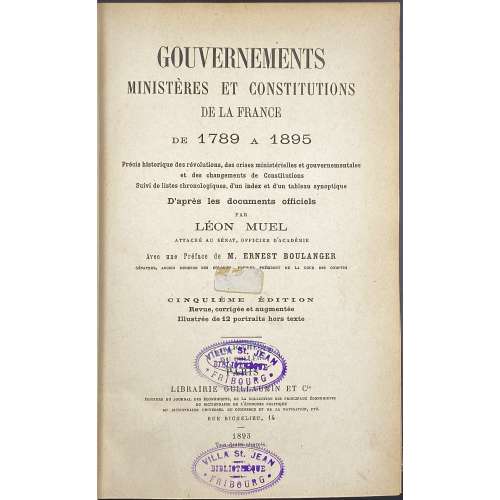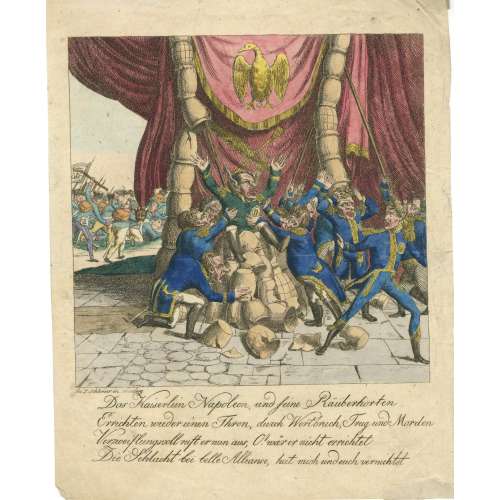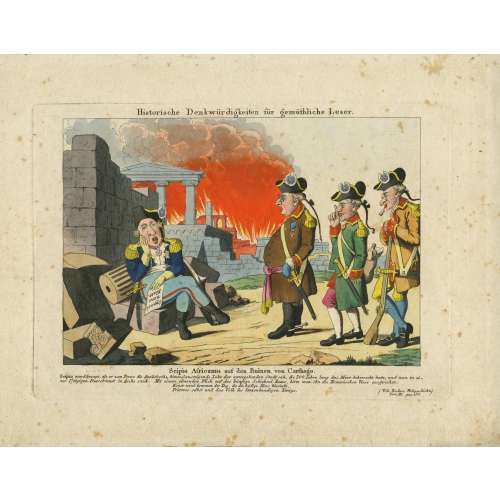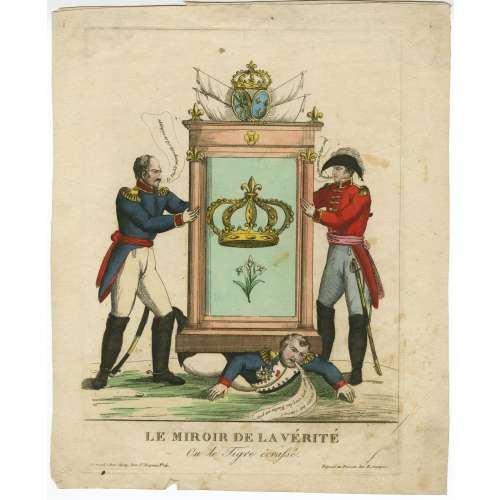AVANT-PROPOS
LETTRE-PRÉFACE
PREMIÈRE PARTIE
I. – MONARCHIE FRANÇAISE – BOURBONS
Louis XVI, roi de France et de Navarre (10 MAI 1774 – 21 SEPTEMBRE 1792)
II. – RÉPUBLIQUE FRANÇAISE (21 SEPTEMBRE 1792 – 18 MAI 1804)
Convention nationale (20 SEPTEMBRE 1792 – 26 OCTOBRE 1795)
Directoire exécutif (2 NOVEMBRE 1795 – 10 NOVEMBRE 1799)
Consulat (19 BRUMAIRE AN VIII – 28 FLORÉAL AN XII) (10 NOVEMBRE 1799-18 MAI 1804);
III. – EMPIRE FRANÇAIS (18 MAI 1804 – 31 MARS 1814)
Napoléon Ier, Empereur des Français (18 MAI 1804 – 31 MARS 1814)
Gouvernement provisoire (1er 14 AVRIL 1814)
IV. – RESTAURATION – BOURBONS (14 AVRIL 1814 – 29 JUILLET 1830)
Lieutenance générale du Royaume (14 AVRIL – 2 MAI 1814)
Louis XVIII, roi de France et de Navarre (2 MAI 1814 – 20 MARS 1815)
Cent Jours (20 MARS – 22 JUIN 1815)
Commission de Gouvernement (22 JUIN – 7 JUILLET 1815)
Louis XVIII, roi de France et de Navarre (8 JUILLET 1815 – 16 SEPTEMBRE 1824)
Charles X, roi de France et de Navarre (16 SEPTEMBRE 1824 – 29 JUILLET 1830)
Révolution de 1830
Chute de Charles X et du ministère Polignac (29 JUILLET 1830). Gouvernement provisoire (29 – 31 JUILLET 1830)
V. – MONARCHIE CONSTITUTIONNELLE – BRANCHE D'ORLÉANS (31 JUILLET 1830 – 24 FÉVRIER 1848)
Lieutenance générale du Royaume (31 JUILLET – 9 AOUT 1830)
Louis-Philippe Ier, roi des Français (9 AOUT 1830 – 24 FÉVRIER 1848)
Révolution de 1848
Chute du ministère Guizot (23 février) et du roi Louis-Philippe (24 février 1848)
VI. – DEUXIÈME RÉPUBLIQUE FRANÇAISE (24 FÉVRIER 1848 – 2 DÉCEMBRE 1852)
Gouvernement provisoire (24 FÉVRIER – 9 MAI 1848)
Assemblée Nationale Constituante (4 MAI 1848 – 26 MAI 1849)
Commission exécutive (9 MAI – 24 JUIN 1848)
Le général Cavaignac chef du Pouvoir exécutif Président du Conseil des Ministres (28 JUIN – 20 DÉCEMBRE 1848)
Louis-Napoléon Bonaparte Président de la République Française (20 DÉCEMBRE 1848 – 2 DÉCEMBRE 1852)
VII. – SECOND EMPIRE FRANÇAIS (2 DÉCEMBRE 1852 – 4 SEPTEMBRE 1870)
Napoléon III, empereur des Français (2 DÉCEMBRE 1852 – 4 SEPTEMBRE 1870)
Révolution du 4 septembre 1870 Chute du second Empire et du ministère Palikao
VIII. – TROISIÈME RÉPUBLIQUE FRANÇAISE (4 SEPTEMBRE 1870)
Gouvernement de la Défense nationale (4 SEPTEMBRE 1870 – 17 FÉVRIER 1871)
Assemblée Nationale Constituante (13 FÉVRIER 1871 – 8 MARS 1876)
M. Thiers Chef du Pouvoir exécutif (17 FÉVRIER – 31 AOUT 1871)
M. Thiers Président de la République Française (31 AOUT 1871 – 24 MAI 1873)
M. le Maréchal de Mac-Mahon, duc de Magenta Président de la République Française (24 MAI 1873 – 30 JANVIER 1879)
M. Jules Grévy Président de la République Française (30 JANVIER 1879 – 2 DÉCEMBRE 1887)
M. Carnot Président de la République française (3 DÉCEMBRE 1887 – 25 JUIN 1894)
SECONDE PARTIE.
Listes chronologiques, par ministère, de tous les ministres, depuis le 5 mai 1789 jusqu'en 1890






